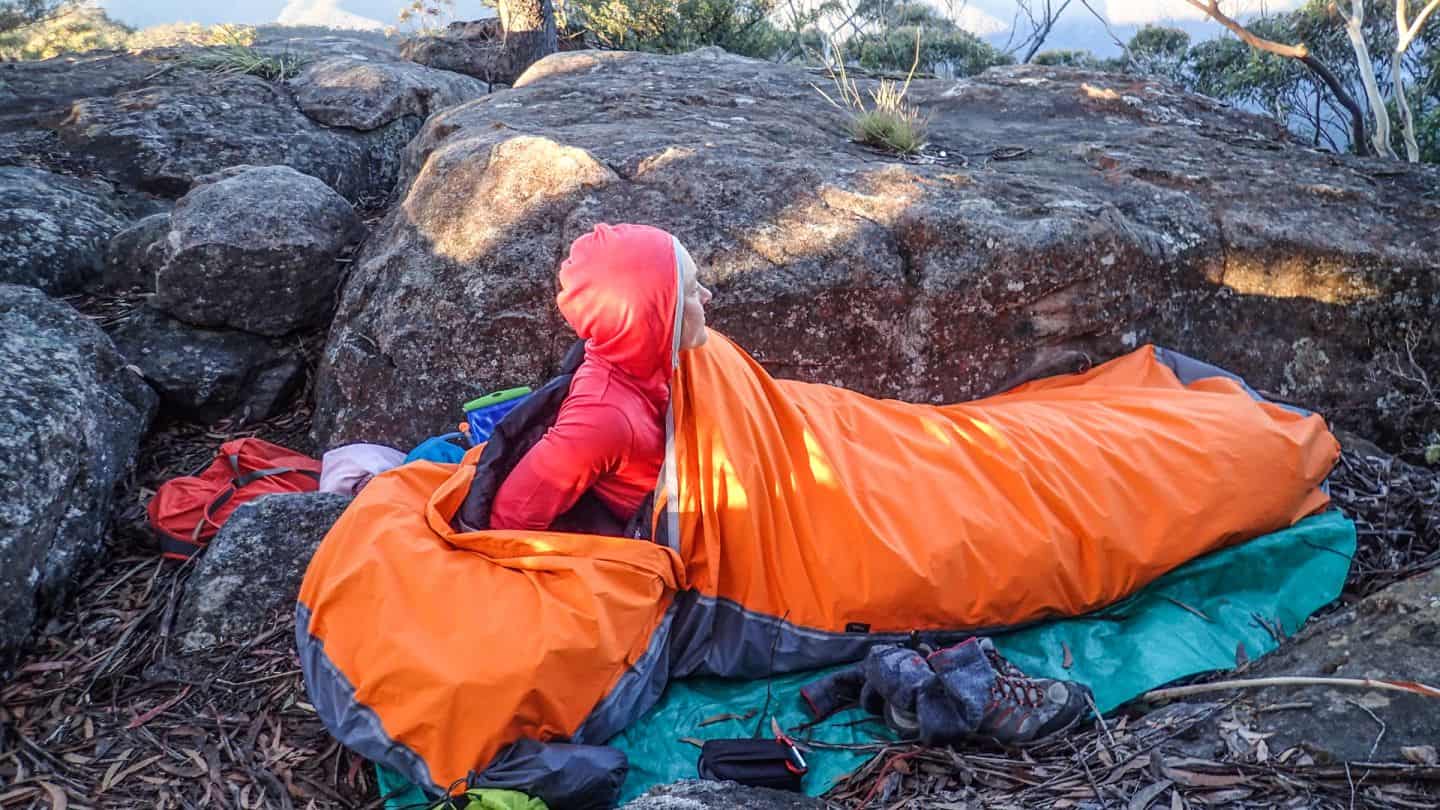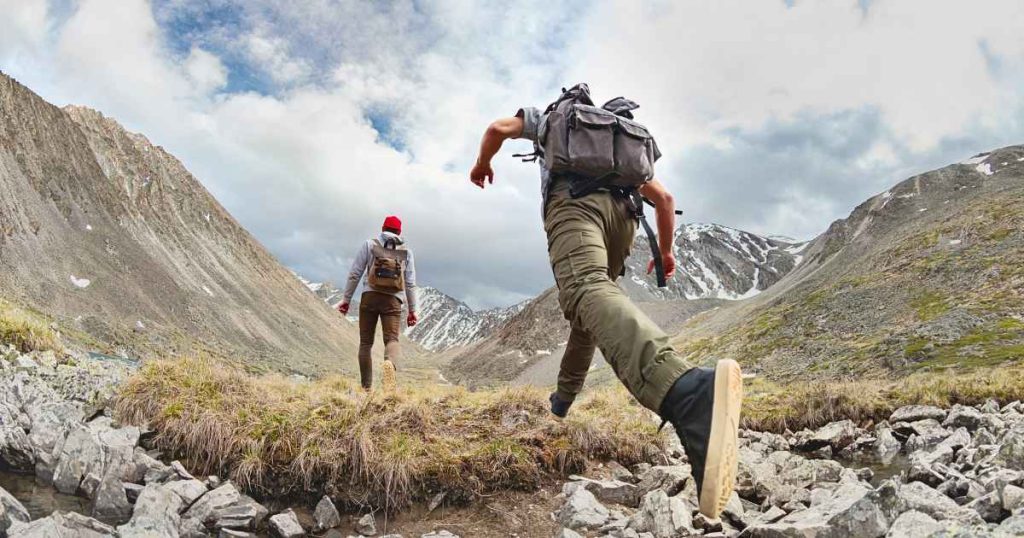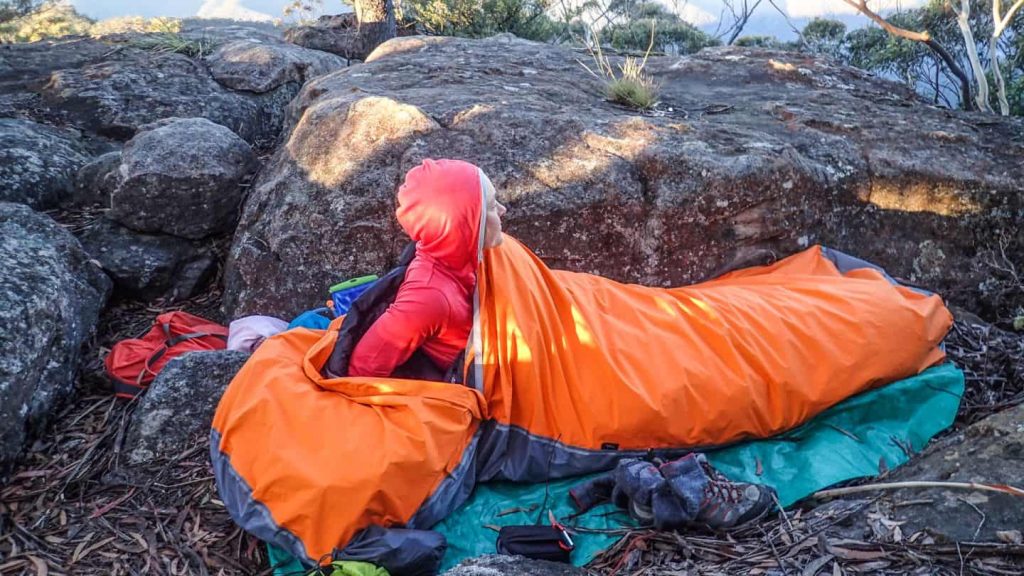When planning an outdoor adventure, whether it’s camping, hiking or backpacking, most people only think about the fun and excitement of being in nature. However, it’s important to also consider unexpected situations that could arise and to be prepared for them. This is where having a survival kit comes in handy.
A survival kit is a collection of essential items and tools that can help you in emergency situations. It’s important to always have one with you on any outdoor excursion, no matter how short or easy it may seem. Here are some reasons why having a survival kit is crucial for your outdoor adventures.
1. In Case of an Emergency
No matter how experienced or prepared you are, emergencies can happen in the great outdoors. It could be a sudden storm or getting lost on an unfamiliar trail. In these situations, having a survival kit can potentially save your life. You may not always have access to emergency services or supplies, so having your own kit with essential items is crucial. Be aware that this is not about bringing everything you have at home it is being selective and choosing the right tools and equipment that are sure to keep you safe and healthy and allow you to either get home to seek further medical attention.
2. First Aid
Injuries are common in outdoor activities and having a first aid kit in your survival kit can help you treat minor injuries on the spot. This can prevent them from getting worse and potentially ruining your trip. Be sure to include items such as bandages, antiseptic wipes, pain relievers, and any necessary medication in your first aid kit. There are great first aid kits already made up and in a handy easy to access bag which takes some of the thought out of it. All you’ll need to remember is to pack it.
3. Necessity of a Dedicated First Aid Kit
Having a dedicated first aid kit within your survival gear is non-negotiable. Outdoor environments can be unpredictable, presenting unique challenges such as insect bites, sprains, or exposure to poisonous plants. A well-equipped first aid kit allows you to respond swiftly to these situations, mitigating the risk of severe injury or illness. It’s also vital to customise your first aid kit based on the nature of your adventure and any personal medical needs, ensuring that you’re prepared for any eventuality. Regularly updating and checking the contents of your first aid kit is equally important, as medications and sterility of supplies expire and need replenishment.
Having a dedicated first aid kit in your survival kit is important because it ensures that all the necessary items are in one place and easily accessible. It also prevents you from using essential items meant for other purposes, such as using duct tape to cover a wound.
4. Shelter
If you are stranded or lost in the wilderness, having a small emergency shelter can provide you with protection from the elements. This can range from a simple tarp or emergency blanket to a lightweight tent, depending on the season and location of your adventure. Make sure to familiarise yourself with how to properly set up your shelter before heading out into the wilderness.
In exploring the options for lightweight survival shelters, adventurers have several choices tailored to their needs and environments.
Bivy Sacks
Bivy sacks, which encase the sleeping bag, offer an incredibly light and compact shelter option, providing warmth and protection against elements with minimal bulk.
For those seeking more space without a significant weight penalty, ultralight tents crafted from advanced materials can afford both comfort and resilience in diverse conditions.
Hammocks
hammocks equipped with mosquito nets and rain covers present an elevated alternative, allowing for suspended sleep away from ground-based pests and moisture.
Each type of shelter has its own set of advantages, making it crucial for outdoor enthusiasts to select one that best matches their specific adventure demands and environmental challenges. It’s also a good idea to practice setting up your shelter in different weather conditions so that you can quickly and effectively do it when the need arises.
In addition to providing protection from harsh weather, a shelter can also help you conserve body heat in cold environments. It can also serve as a signaling device for rescue teams if you use bright or reflective materials for your shelter. Additionally
5. Tools for Survival
A survival kit should include tools that can help you in a pinch. These may include a knife, multi-tool, compass, and fire starters. These tools can help you build shelter, start a fire for warmth and cooking, and navigate your way back to safety.
When venturing into the wilderness, the right survival tools can be the difference between a difficult situation and a manageable one.






















